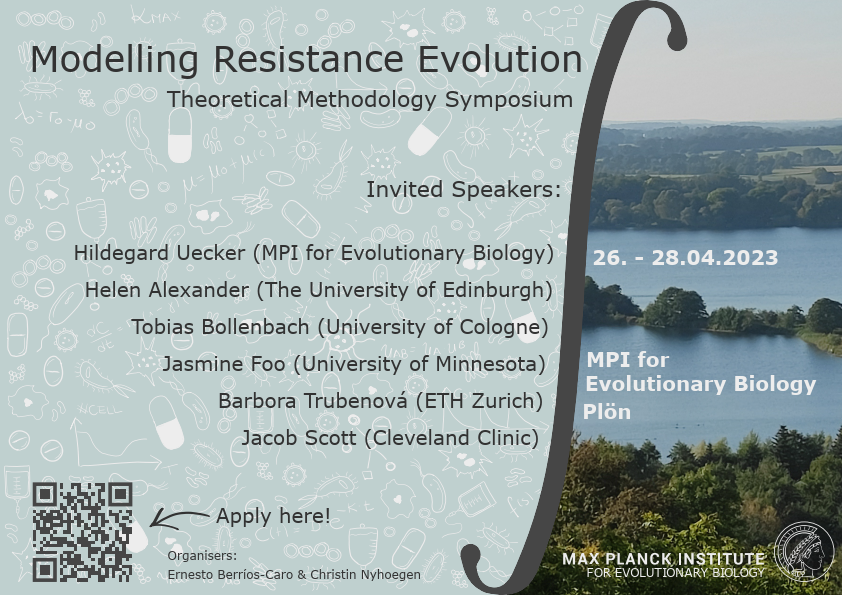Speaker
Description
Understanding the evolution of antimicrobial resistance is central for their treatment. In this talk, I want to show a possible way to address this problem from a statistical point of view, namely the hypercubic inference, which we developed and introduced during the last years at the University of Bergen. The basis of this model is a hypercubic transition graph, whose nodes represent possible resistance states and the edges between correspond to the different evolutionary steps. This new approach allows us to efficiently make predictions about the most likely evolutionary pathways leading to AMR and learn their structure and variability. For this we can either use Bayesian inference via Monte Carlo Markov Chain methods or a frequentist approach for the estimation of likelihoods, whereby we only need cross-sectional datasets. The focus of the talk will be the introduction and explanation of the methods themselves, whereby I will address both the advantages and strengths of using a hypercubic structure, but also open problems and ongoing work. In addition, I will also present the results of concrete current applications to real AMR datasets from Klebsiella pneumoniae and Escherichia coli and discuss some biological insights that can be derived from them.

